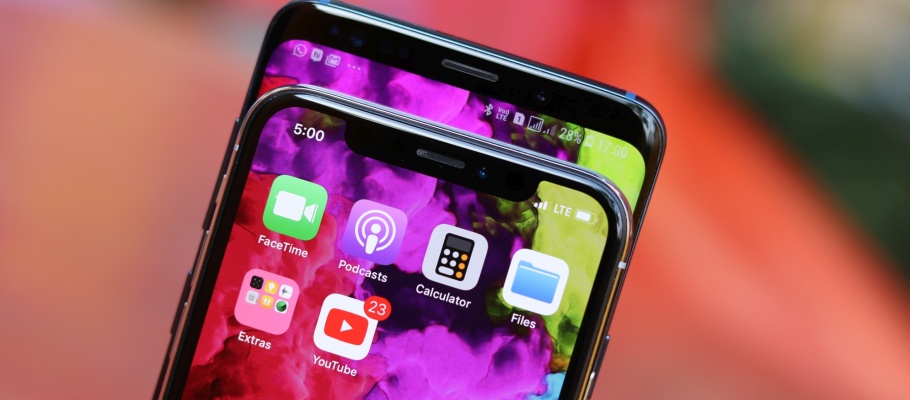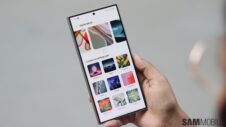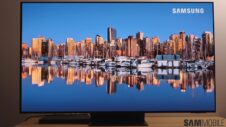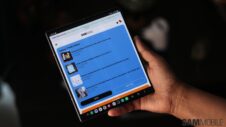Samsung essentially has a monopoly in the mobile OLED panel market. This is why Apple had no choice but to source panels from Samsung Display when it introduced the iPhone X, its first smartphone with an OLED display. Samsung was expected to make billions as a result of this deal. Reports suggested that it would supply Apple with 50 million panels in 2017 before ramping it up to almost 200 million panels in 2018.
A report out of South Korea claims that Apple committed to a minimum order quantity when it agreed to source OLED panels from Samsung. Weaker iPhone sales than expected have prevented the company from reaching the target. Samsung Display now wants Apple to pay a penalty for missing its minimum order quantity. It has been reported multiple times that Apple has cut iPhone X display panel orders from Samsung.
Apple reportedly fails to meet minimum order quantity
Samsung was quite hopeful that the demand for its mobile OLED panels could continue to rise. It planned to build a “super OLED factory” in China back in 2017 to meet rising demand. It would have had 30 percent more production capacity than the company's existing A3 plant where Apple's OLED iPhone panels are made.
However, it was reported last year that Samsung had decided against investing almost $1 billion into the new OLED plant. The decision was made owing to the demand uncertainty in the global smartphone market. Less than expected demand for the iPhone X may have influenced Samsung's decision too. Samsung has expressed concerns for its OLED panel business in its recent quarterly report as well.
The report mentions that the issue of penalties has come up in multiple discussions between Samsung Display and Apple. The former is looking for an amount in the hundreds of millions of dollars. Samsung made investments in its A3 plant to handle production for Apple.
With the customer not meeting the required order quantity, Samsung Display feels that it should be compensated for its troubles. Apple, understandably, isn't keen on paying the penalty. It has offered some other options instead. They include sourcing OLED panels for other products like tablets and notebooks. Whether Samsung would agree to that remains to be seen.







